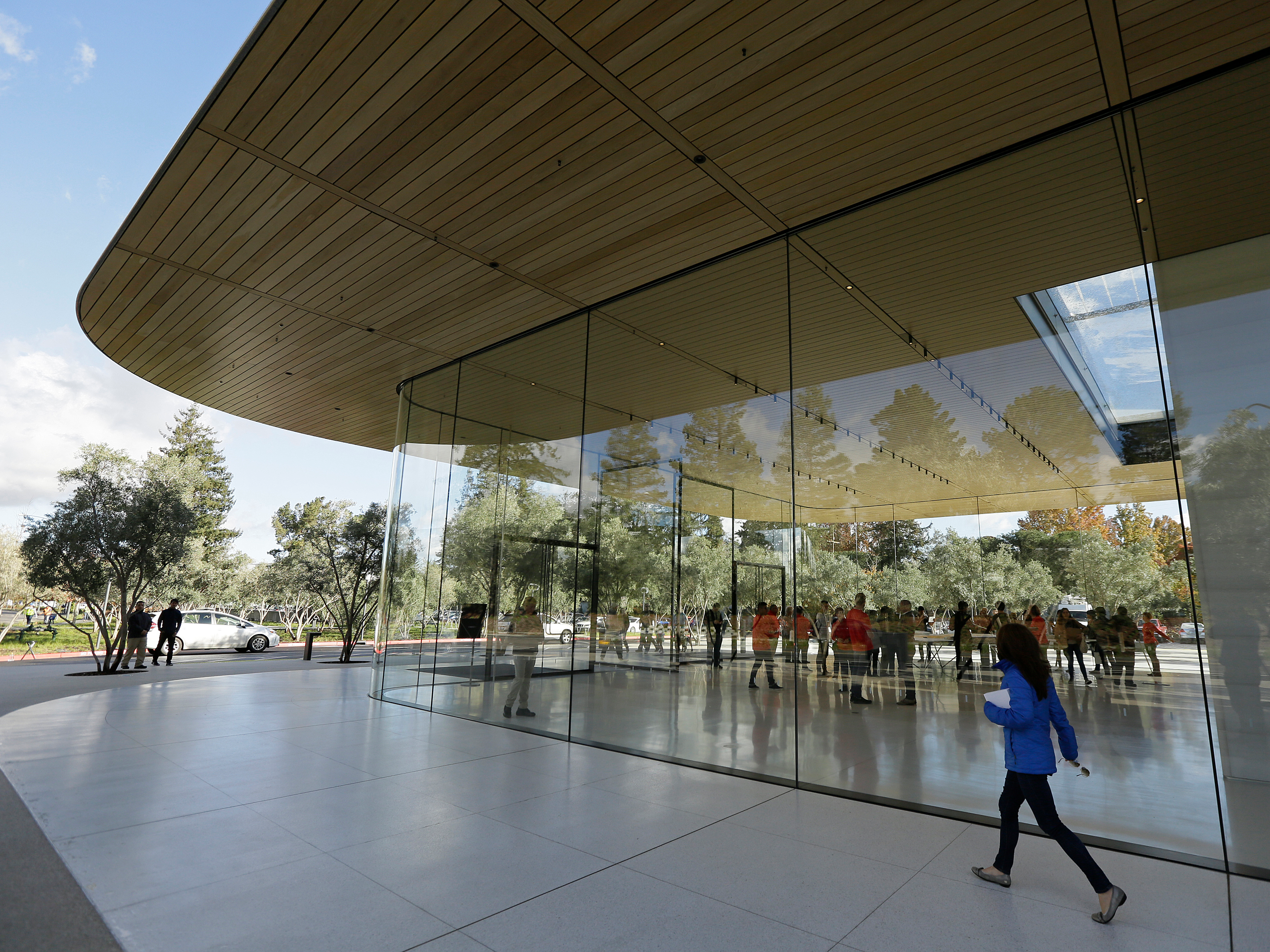- City officials approved the construction of a $4 billion development project just blocks away from Apple Park, the company’s new headquarters.
- The project was stalled for years due to concerns about congestion, traffic, and declining home values.
- The approval could set a precedent for future affordable housing proposals, including a $29 million initiative in San Francisco’s Mission District.
For two years, Cupertino residents have warred over a possible solution to the Bay Area housing crisis. In 2014, developers began working on a plan to transform a now-vacant mall into a $4 billion mixed-used development, located just a blocks away from Apple’s new headquarters in the Silicon Valley.
As the never-ending arrival of tech workers places a strain on available housing stock, many have advocated for greater housing density in the area. In 2017, Silicon Valley’s median home value reached an all-time high of $1 million – more than double the values in places like Seattle, Boston, and New York City. In Cupertino, the average price is even higher: more than $2 million per home.
The battle over the new development, known as Vallco Town Center, was put to rest on Wednesday when city officials cleared the project for construction. With more than 2,600 residential units, 400,000 square feet of retail space, and 1.5 million square feet of office space, the development is set to become one of the largest in the Silicon Valley. The developer, Sand Hill Property Company, still has to decide whether it can live with the concessions and bonuses in the plan, or opt for a proposal with fewer residential homes.
On September 18th, the city of Cupertino held a nine-hour council meeting to discuss the project, followed by a five-hour hearing the next day. At the hearing, citizens expressed reservations about traffic, congestion, declining housing values, and cuts to the city’s school district.
At the heart of the debate was a plan to set aside a portion of residential units for affordable housing, the majority of which would cater to low or extremely low income levels.
"If you don't build dense housing everywhere in the Bay Area, there is going to be mass displacement, super commuting, more traffic, and more homelessness," one resident pointed out at the hearing. This sentiment was echoed by councilman Rod Sinks, who urged his constituents to "think about all the people who keep our city going, the service workers, restaurant workers, the people who tutor your kids."

Others worried about aesthetic and demographic changes to their community. "According to the sales pitch, the new housing units would include low-income high-density housing apartments. This would mean that we would have uneducated people living in Cupertino," one resident said in a presentation. "A lot of other residents and I are concerned that this would make the current residents of Cupertino uncomfortable, and would split our city in half."
While the debate has been going on for years, the Vallco Town Center ruling is a first for California, which recently passed a law that makes it easier for developers to build affordable units for households earning 80% below the median income.
The Vallco decision could set a precedent for future affordable developments in the area, including a $29 million initiative in San Francisco's Mission District.
But the conflict isn't over yet. A citizens group called A Better Cupertino has already pledged to file a lawsuit to block the project's construction - a sign that Bay Area residents will continue to wrestle for control over their neighborhoods.

